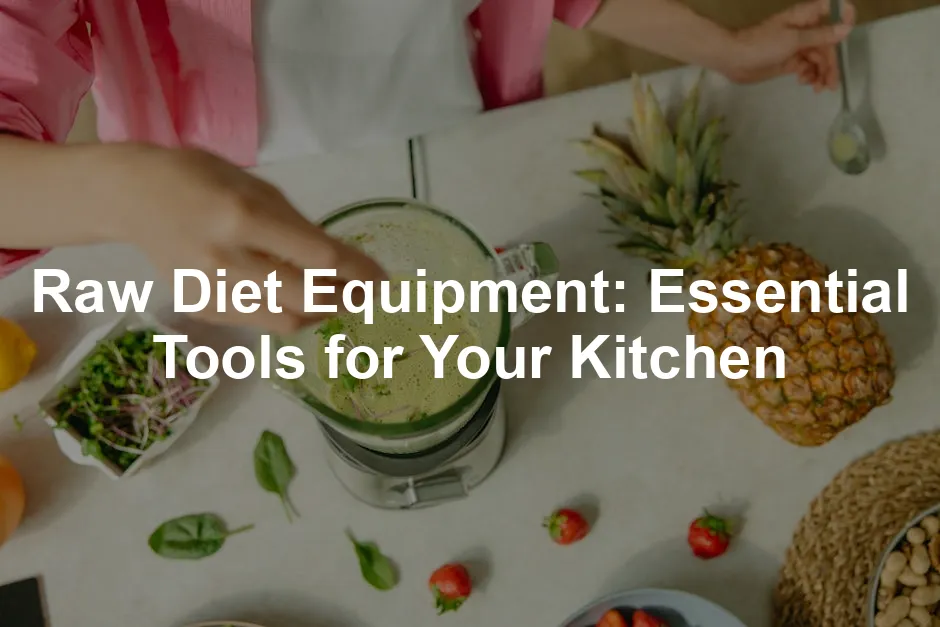High-Speed Blenders
High-speed blenders are crucial for raw food prep. They create smooth textures for smoothies, soups, and sauces. A powerful blender can turn nuts into creamy nut butter, making it a versatile tool. Popular models include the Vitamix High-Performance Blender, known for its durability and performance. The Blendtec Classic 575 Blender is another favorite, praised by chefs for its efficiency. The OmniBlend V Blender offers a budget-friendly alternative with impressive features. When choosing a blender, look for power, durability, and ease of cleaning. A good high-speed blender can elevate your raw culinary creations, giving you endless possibilities for delicious meals.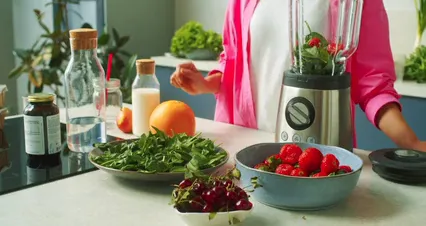
Food Processors
Food processors are essential in any raw kitchen. They chop, slice, and puree ingredients quickly, saving you valuable time. A reliable food processor can handle a variety of tasks, from making dips to preparing salads. Recommended models include Cuisinart 14-Cup Food Processor, KitchenAid 13-Cup Food Processor, and Hamilton Beach 10-Cup Food Processor. When selecting a food processor, consider the capacity, motor strength, and versatility of attachments. A larger model is ideal for batch cooking, while a smaller one suits quick tasks. With a good food processor, you can unleash your creativity and simplify meal prep in your raw food journey.
Dehydrators
Dehydrators are essential tools for raw food enthusiasts. They preserve fruits, vegetables, and snacks while enhancing their flavors. By removing moisture, dehydrators prevent spoilage and extend shelf life. This process leaves behind concentrated tastes, making snacks more enjoyable. For top-quality results, consider the Excalibur 3926TB Food Dehydrator and TSM Products Dehydrator. The Excalibur is renowned for its even heat distribution and durability. The TSM model is also effective, offering great value for home use. Dehydrating fruits like apples and bananas creates delicious, healthy treats. You can also make veggie chips and raw crackers. With a food dehydrator, your raw snacks will always be flavorful and nutritious.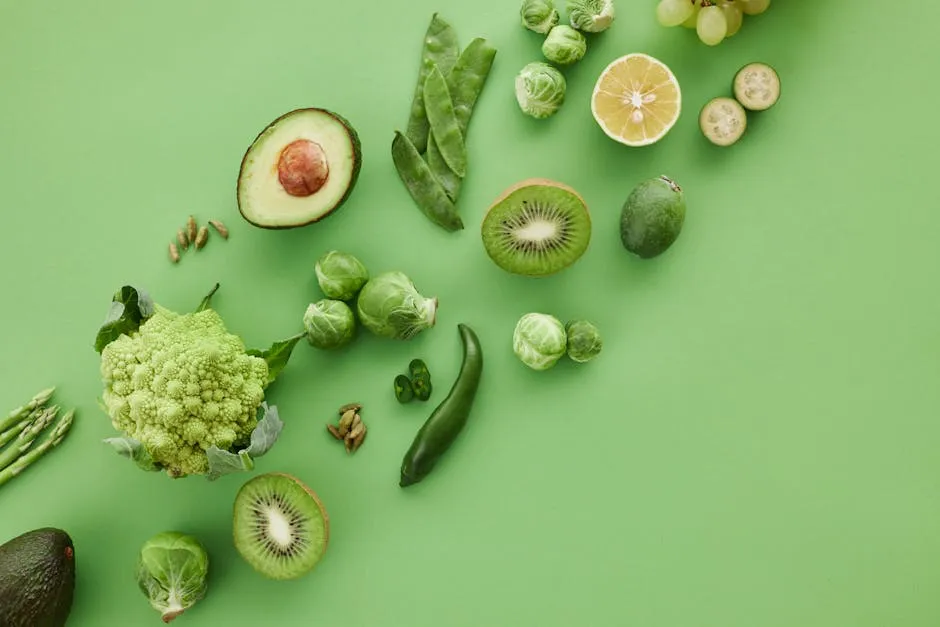
Juicers
Juicers play a vital role in extracting nutrients from fresh produce. They allow you to enjoy the health benefits of fruits and vegetables in liquid form. A quality juicer can help you incorporate more nutrients into your diet effortlessly. Recommended models include Omega J8006 Nutrition Center Juicer, Breville BJE830BSS Juice Fountain Cold, and NAMA J2 Cold Press Juicer. Omega juicers are known for their slow masticating design, which retains more nutrients. Breville offers centrifugal juicers that are fast and easy to clean. Meanwhile, the NAMA J2 stands out with its large hopper, making juicing a breeze. Masticating juicers excel in nutrient retention, while centrifugal juicers are quicker. Choosing the right juicer can elevate your fresh juice experience.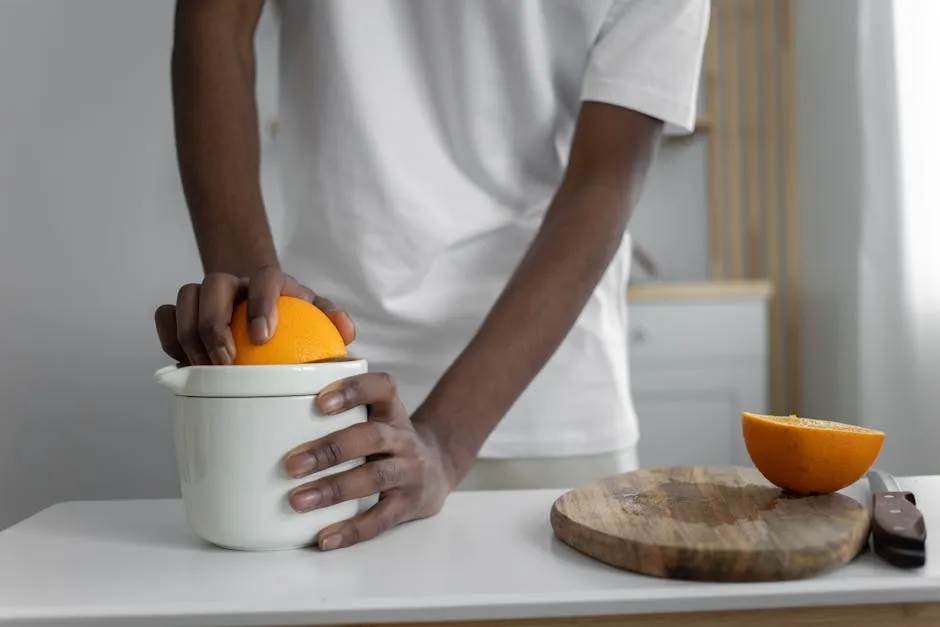
Knives and Cutting Boards
High-quality knives and cutting boards are crucial in any raw kitchen. A reliable knife simplifies food prep, making chopping and slicing effortless. Recommended brands include Zwilling J.A. Henckels Chef Knife and Wüsthof Classic 8-Inch Chef’s Knife, known for their sharpness and durability. A good knife set typically includes a chef’s knife, paring knife, and utility knife. Pair your knives with a sturdy wooden cutting board for optimal performance. Wooden boards are gentle on blades and provide a stable surface. To maintain your knives, regularly sharpen them and wash them by hand. Choosing the right cutting surface enhances your food prep process, making it enjoyable and efficient.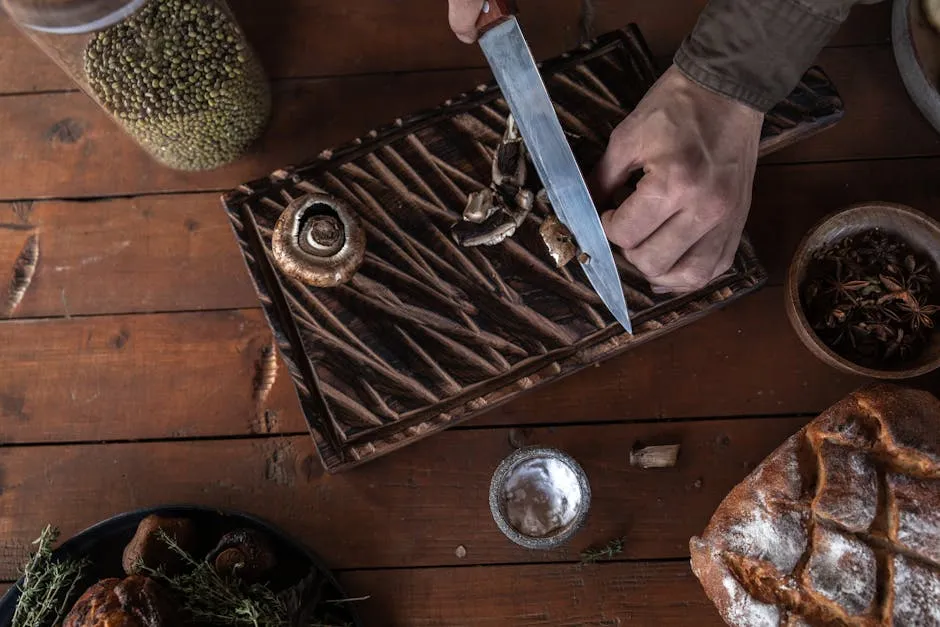
Spiralizers
Spiralizers are fantastic for making vegetable noodles and raw pasta. They transform zucchini, carrots, and sweet potatoes into fun, healthy shapes. This tool encourages creativity in your meals and can help you enjoy more vegetables. For the best results, consider models like the Paderno World Cuisine Spiralizer or the Inspiralizer Spiralizer. When using a spiralizer, keep the vegetable steady and apply consistent pressure for even noodles. You can toss spiralized veggies into salads, stir-fries, or use them as a pasta base topped with your favorite sauce. Not only do they look appealing, but they also add a nutritious twist to your dishes.
Mandolins
A mandoline slicer is essential for achieving even slices of fruits and vegetables. It allows you to create thin, consistent cuts, which enhances the presentation of your dishes. Brands like OXO Good Grips Mandoline Slicer and Benriner Japanese Mandoline Slicer are highly recommended for their quality and ease of use. When operating a mandoline, always use the hand guard for safety to avoid accidents. Mandolined ingredients work great in salads, as toppings, or for creating crispy vegetable chips. The uniformity in size also ensures even marinating and cooking, enhancing the flavors and textures of your raw dishes.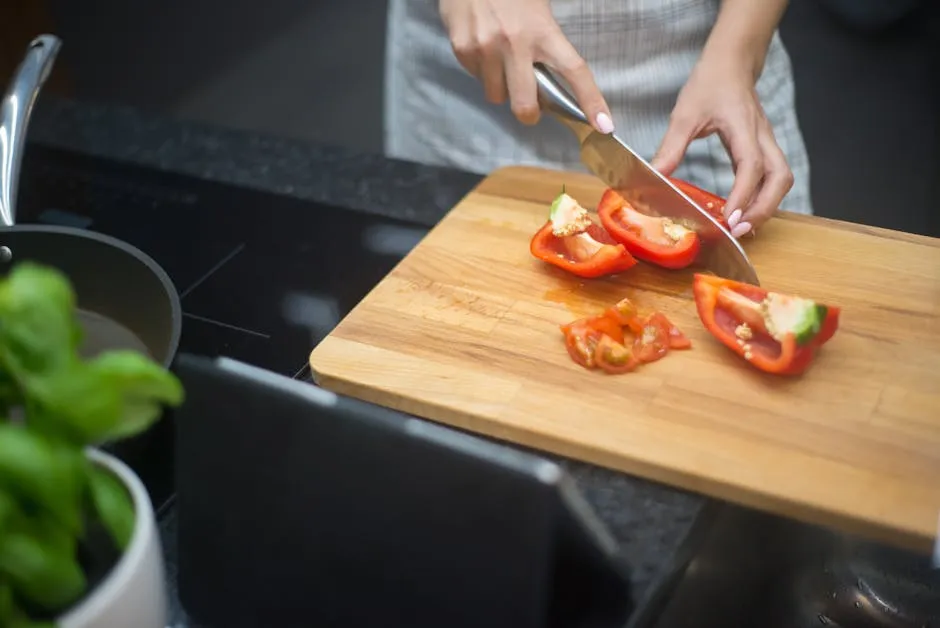
Nut Milk Bags
Nut milk bags are invaluable for making your own plant-based milks and cheeses. They efficiently strain blended nuts and seeds, yielding smooth, creamy results. Using a nut milk bag also helps you avoid preservatives and additives found in store-bought options. Check out the Nut Milk Bag by Vremi for a top-notch option. Cleaning these bags is simple; rinse them immediately after use and soak them in warm, soapy water. For longevity, hang them to dry. Incorporating homemade nut milk into smoothies, coffee, or desserts provides a nutritious alternative to dairy. Plus, you can use the leftover nut pulp in baking or to add texture to dishes.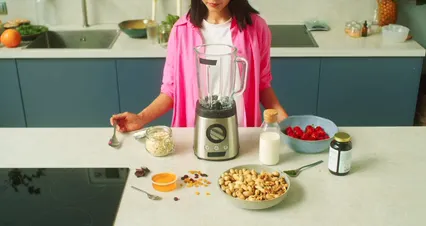
Storage Solutions
Proper storage for raw ingredients is vital. It helps maintain their freshness and nutritional value. Using the right containers can make a significant difference in your raw food experience. Glass jars are excellent for storing grains, nuts, and seeds. They are durable and prevent unwanted chemicals from leaching into your food. Check out these Glass Storage Jars with Airtight Lids. BPA-free plastic containers are another great option. They are lightweight and can be used for various items. To maximize freshness, store leafy greens in airtight containers with a damp paper towel. This method keeps them crisp longer. For fruits, consider using breathable mesh bags to allow airflow while keeping them protected. Always label your containers with dates to track freshness. Following these tips can ensure your raw foods remain vibrant and delicious for longer.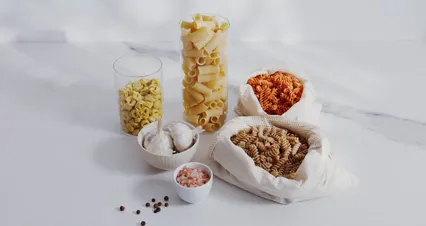
FAQs
What equipment do I need to start a raw food diet?
To begin a raw food diet, a few essential tools will help immensely. A high-speed blender is crucial for smoothies and sauces. A food processor can handle chopping and mixing tasks efficiently. A good knife set and sturdy cutting board are must-haves for prepping ingredients. A dehydrator is great for preserving snacks and enhancing flavors. Finally, consider a quality juicer for extracting nutrients from fruits and vegetables. These tools will simplify your food prep and boost your culinary creativity.
Can I make raw food without a dehydrator?
Yes, you can certainly prepare raw food without a dehydrator. While dehydrators are useful for certain recipes, many raw dishes don’t require them. For instance, salads, smoothies, and energy balls can be made easily without dehydration. If you still want to try dehydrated snacks, an oven on low heat can serve as an alternative. However, the texture and flavor may differ from what a dehydrator achieves.
What’s the difference between a blender and a food processor?
Blenders and food processors serve distinct purposes in the kitchen. A blender is ideal for liquids, making smoothies, soups, and sauces. It creates a smooth texture by blending ingredients thoroughly. On the other hand, a food processor is better for drier tasks like chopping vegetables or making dough. It usually comes with various attachments for slicing and grating, offering more versatility in food prep. Understanding their unique functions helps you choose the right tool for your raw kitchen.
Are high-speed blenders worth the investment?
Absolutely! High-speed blenders are a great investment for anyone on a raw diet. They offer powerful motors that can blend tough ingredients, ensuring smooth textures for your recipes. Many models, like Vitamix and Blendtec, are known for their durability and efficiency. They can handle a range of tasks from making smoothies to nut butters. Plus, investing in a quality blender means you’ll have it for years, making it a smart choice for your kitchen.
How do I clean and maintain my raw diet equipment?
Proper cleaning and maintenance of your kitchen tools are essential for longevity. For blenders and food processors, disassemble them and wash the parts in warm, soapy water. A gentle scrub can help remove food residue. For knives, hand wash them and dry immediately to prevent rusting. Store them in a knife block or magnetic strip for safety. Mandolines should be cleaned carefully, and it’s wise to use the hand guard to avoid injuries. Regular maintenance keeps your equipment in top shape, ensuring a smooth raw food prep experience.
All images from Pexels

